A roaming black hole just demolished a star and sucked it dry
The drama began in 2024, when a sky-scanning telescope known as the Zwicky Transient Facility picked up a sudden brightening in the night sky. But … The post A roaming black hole just demolished a star and sucked it dry appeared first on BGR.

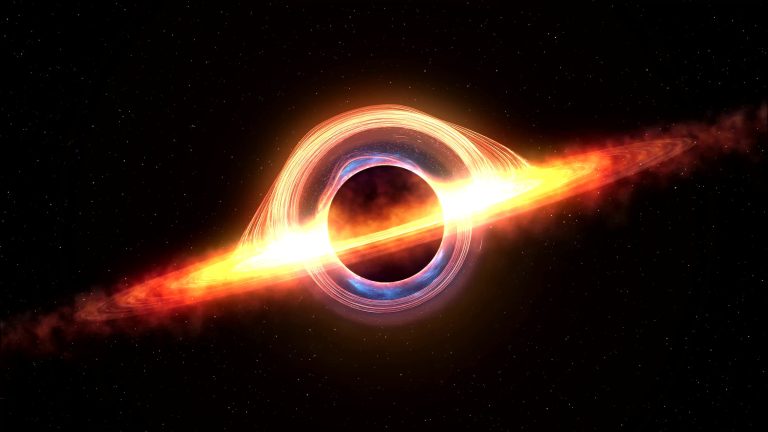
The drama began in 2024, when a sky-scanning telescope known as the Zwicky Transient Facility picked up a sudden brightening in the night sky. But there was a twist: the object, now named AT2024tvd, didn’t match typical patterns for known cosmic events. It wasn’t near a galaxy’s center where supermassive black holes usually reside, but appeared over 2,500 light-years off-center.
The automated system didn’t flag it as a black hole candidate, and why would it? Things didn't add up. However, after more detailed observation, the picture came into full focus. According to a prepublished paper featured in arXiv, the object was actually a roaming black hole sucking the life out of a star it happened upon.
Follow-up data from telescopes like Hubble and the Very Large Array confirmed that AT2024tvd was, indeed, what scientists call a TDE (Tidal Disruption Event). According to the data, a star had come too close to a massive black hole and been ripped apart. Its stellar guts spiraled inward, heating up and glowing brightly across the electromagnetic spectrum.
Unlike a supernova, which cools over time, this light stayed hot, which is consistent with matter falling into a black hole. But why exactly is this roaming black hole so far from home? The answer lies in the growing history of our universe.
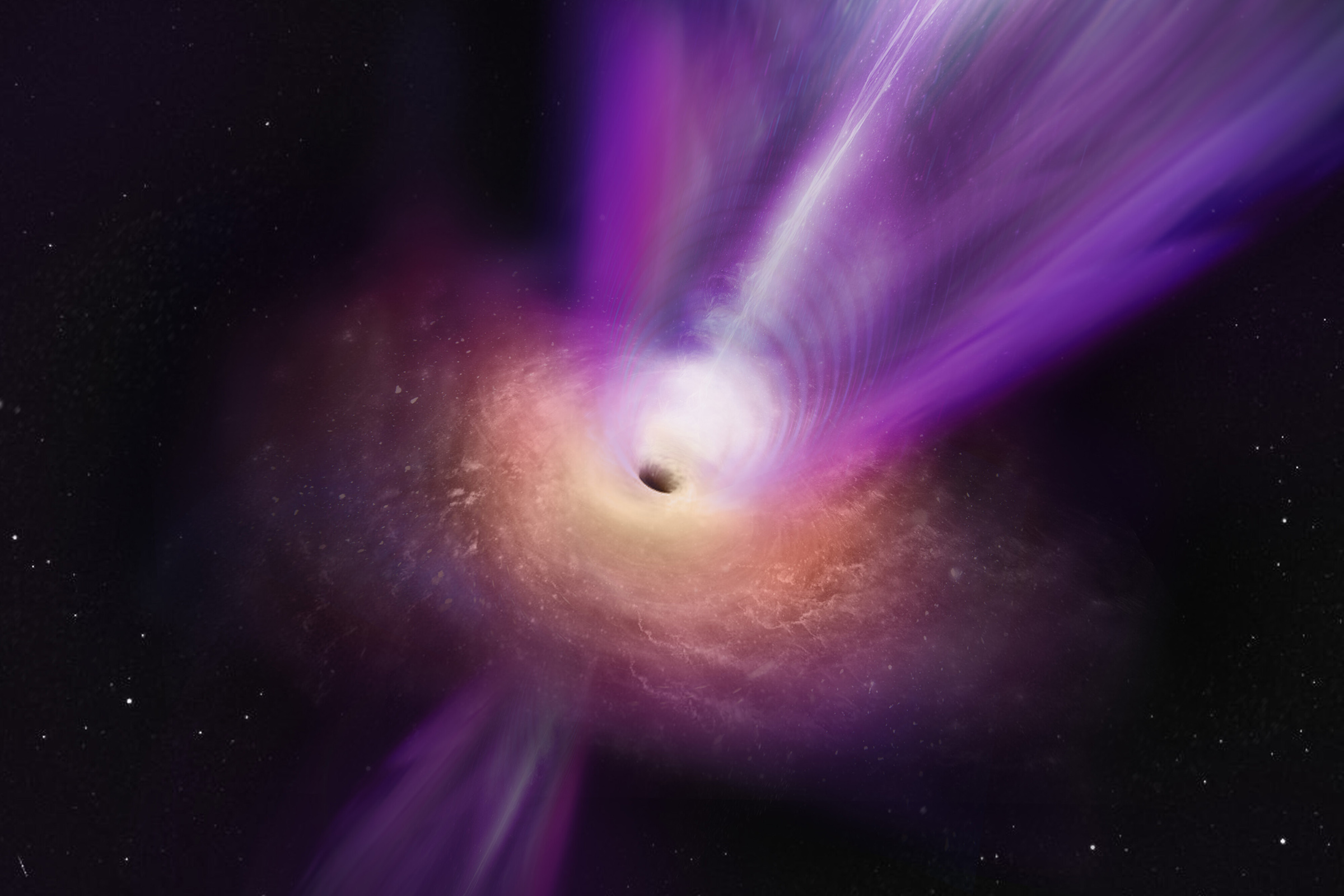
Large galaxies grow by merging with smaller ones, and each galaxy brings its own black hole to the party. Sometimes, these cosmic mergers leave rogue black holes wandering, taking eons to settle. In rare cases, gravitational interactions can fling one of them into a slow drift through the galaxy, never quite reaching the center.
That’s likely what happened here. And it may not be alone. Theorists suggest some massive galaxies could contain dozens of these roving giants. The bigger the galaxy, the more likely it is to host roaming black holes that never merged with the rest of the galactic matter.
This event offers a glimpse of something we almost never see. In the largest galaxies, central black holes grow so massive that their event horizons swallow stars whole, though without the dramatic light show. But a smaller, roaming black hole can still give us front-row seats to a star’s final moments.
As telescopes grow sharper and surveys become more detailed, we may soon uncover more of these stealthy cosmic predators and the trails of destruction they leave behind.
The post A roaming black hole just demolished a star and sucked it dry appeared first on BGR.
Today's Top Deals
- Today’s deals: $99 AirPods 4, $50 TP-Link WiFi 6 router, $279 3D printer, $200 Toshiba smart TV, more
- Best Apple Watch deals for May 2025
- Amazon deals: 20% off gift cards from Amazon, $553 unlocked iPhone 15, $114 standing desk, more
- Best Fire TV Stick deals for May 2025
A roaming black hole just demolished a star and sucked it dry originally appeared on BGR.com on Thu, 15 May 2025 at 20:37:00 EDT. Please see our terms for use of feeds.
























![[Webinar] From Code to Cloud to SOC: Learn a Smarter Way to Defend Modern Applications](https://blogger.googleusercontent.com/img/b/R29vZ2xl/AVvXsEjLbNLee9VlpBpNmlxQSBF7IHwrQajzAJWYjhcHTIVVqzroGXrpk_x9Sbbua1Xi-QtO9jbcX1canKTWWzfaOshSarJol1Ude7LNQMeV5B2x71gaXxWg_cjEJ3bPuuoyyyMLgWB9hCtZ1PV5j3QOGByinGCAETqul2WWz-mVYiuERYWPVu7ob8lSckM-ocw/s1600/soc.jpg?#)















































































































































![[The AI Show Episode 147]: OpenAI Abandons For-Profit Plan, AI College Cheating Epidemic, Apple Says AI Will Replace Search Engines & HubSpot’s AI-First Scorecard](https://www.marketingaiinstitute.com/hubfs/ep%20147%20cover.png)

























![How to Enable Remote Access on Windows 10 [Allow RDP]](https://bigdataanalyticsnews.com/wp-content/uploads/2025/05/remote-access-windows.jpg)

































































































![[DEALS] The 2025 Ultimate GenAI Masterclass Bundle (87% off) & Other Deals Up To 98% Off – Offers End Soon!](https://www.javacodegeeks.com/wp-content/uploads/2012/12/jcg-logo.jpg)



























































































![Artist Shocked To Find Her Poster Designs From 2017 In Bungie's Marathon: 'A Major Company Has Deemed It Easier To Pay A Designer To Imitate Or Steal My Work Than To Write Me An Email' [Update]](https://i.kinja-img.com/image/upload/c_fill,h_675,pg_1,q_80,w_1200/4ce7afff77473c3cccca9cc349c42790.jpg)
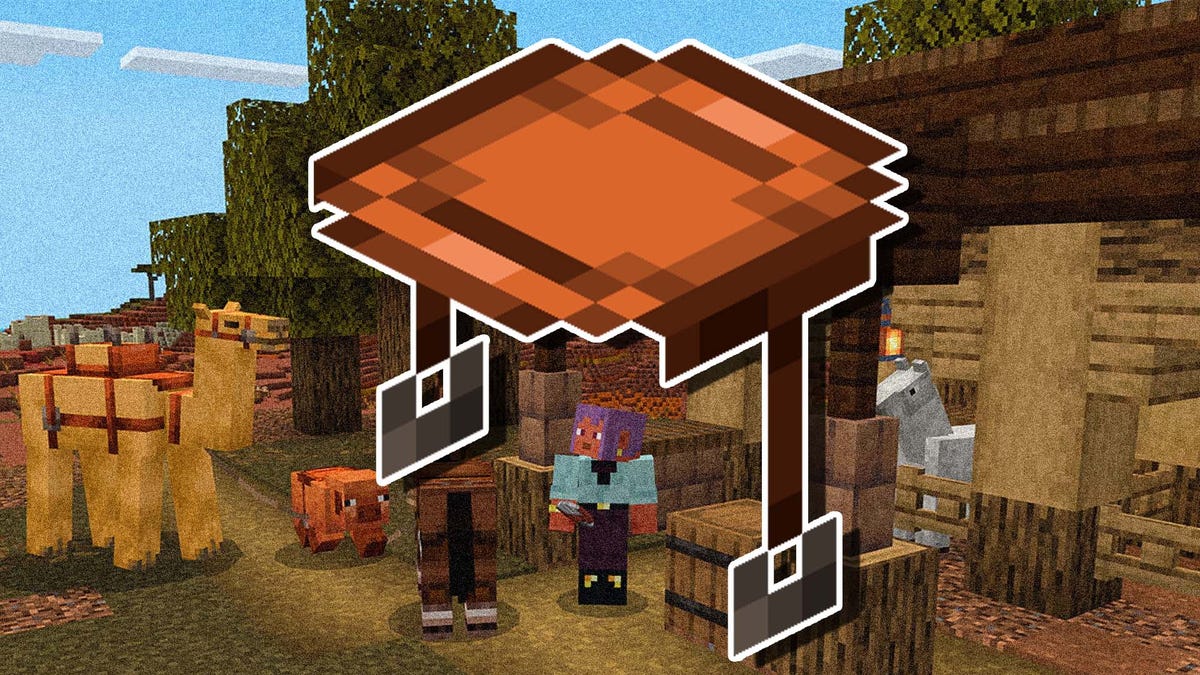







































-Olekcii_Mach_Alamy.jpg?width=1280&auto=webp&quality=80&disable=upscale#)















































































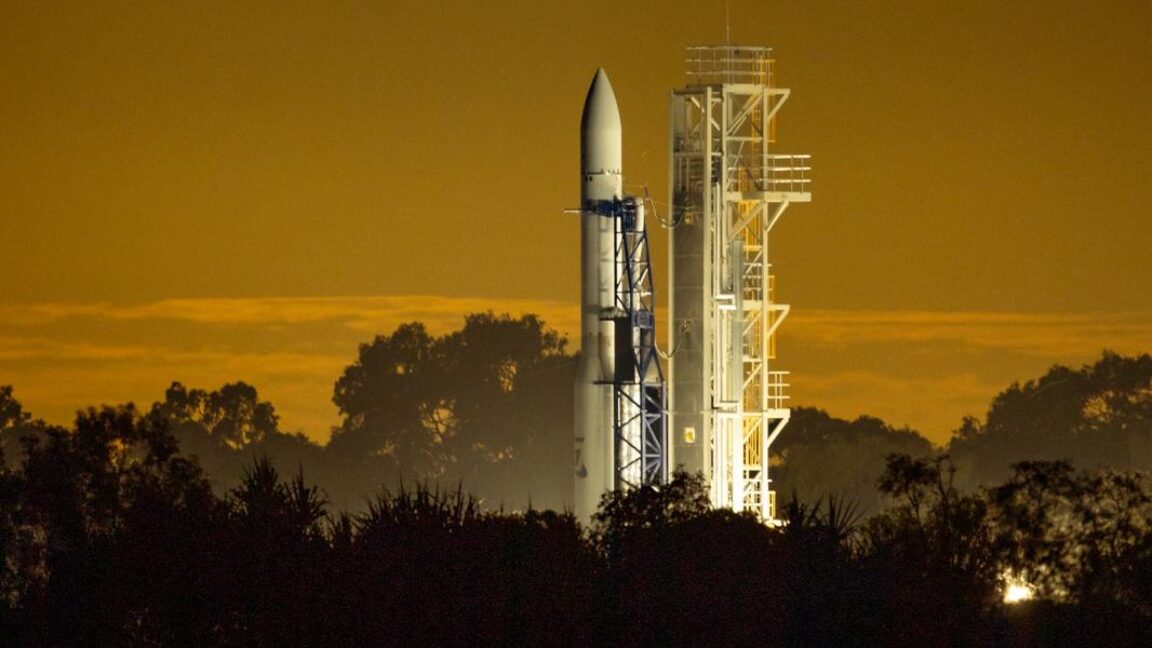




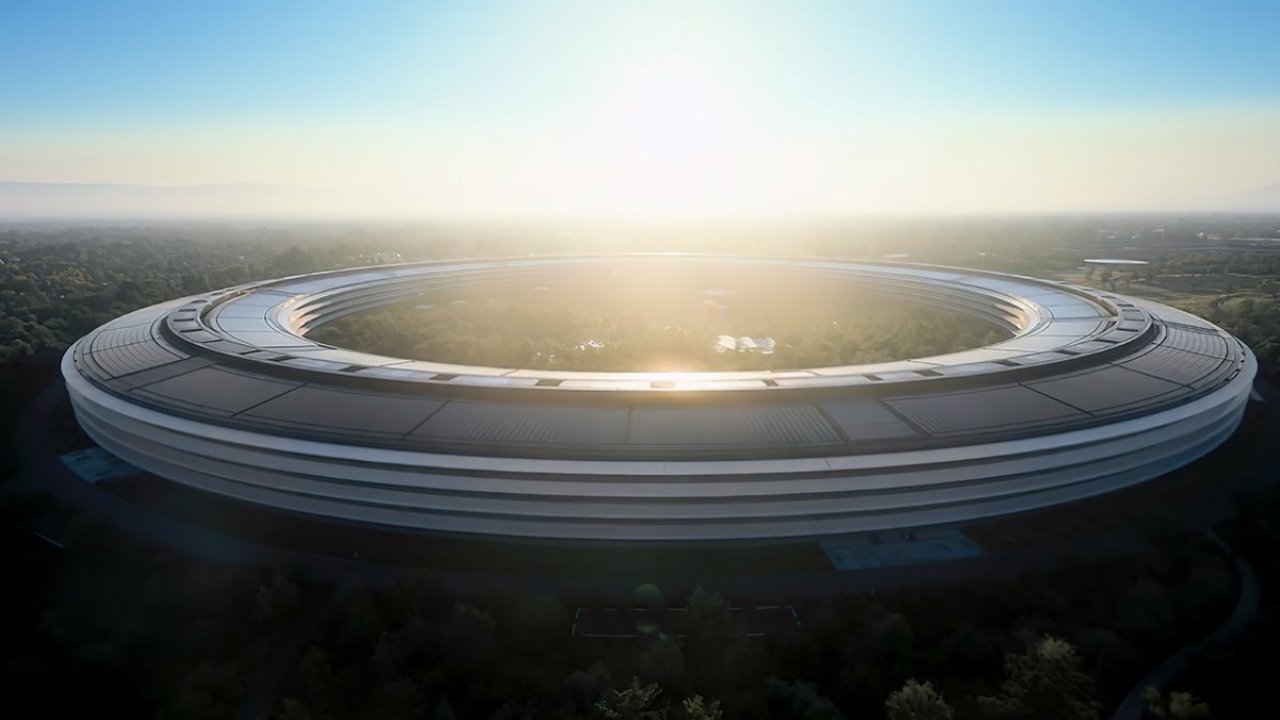





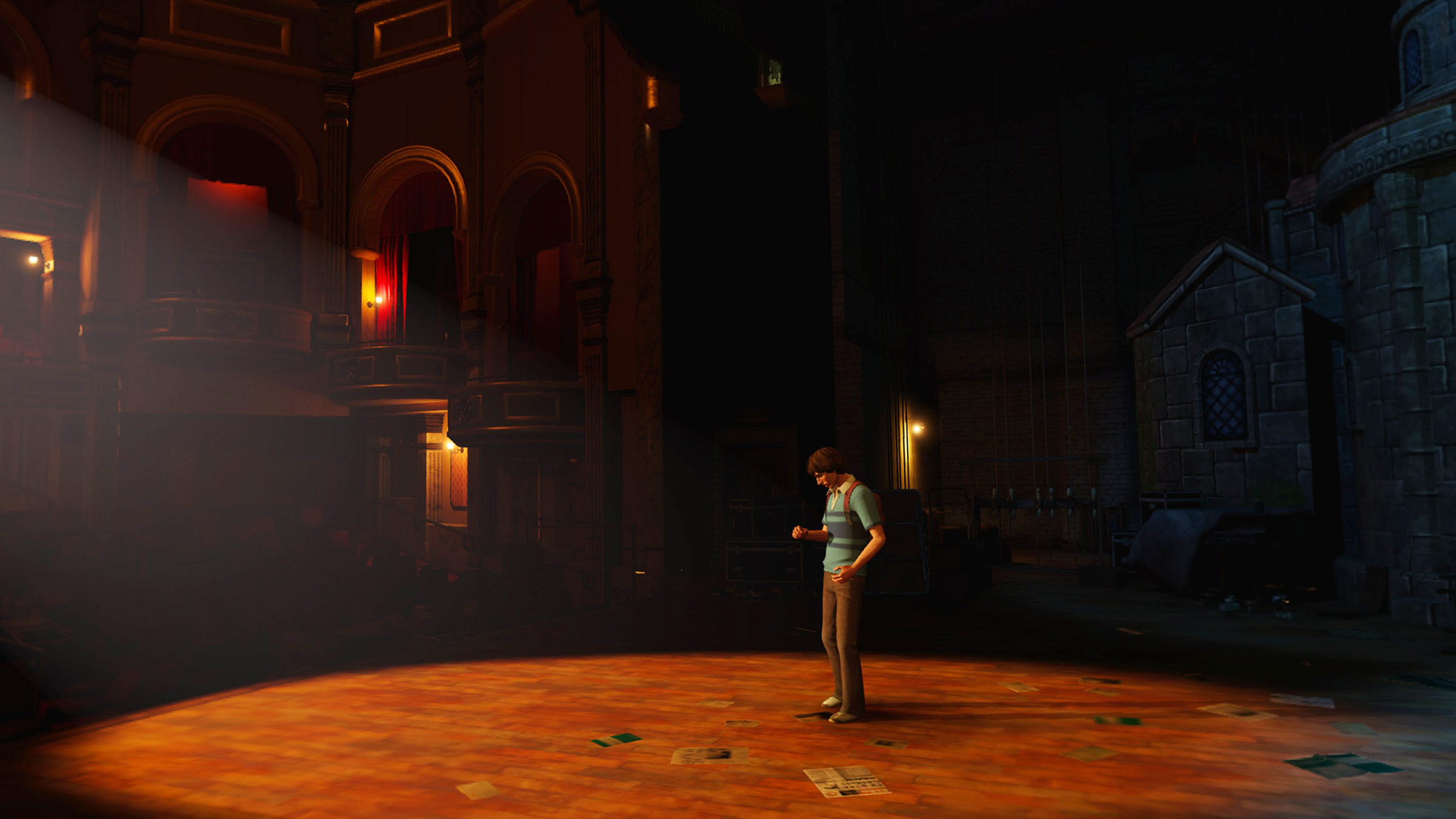





![Apple using sketchy warning for apps bought using third-party payment systems [Updated]](https://i0.wp.com/9to5mac.com/wp-content/uploads/sites/6/2025/05/Apple-using-scary-looking-warning-for-apps-bought-using-third-party-payment-systems.jpg?resize=1200%2C628&quality=82&strip=all&ssl=1)


















![Sony WH-1000XM6 Unveiled With Smarter Noise Canceling and Studio-Tuned Sound [Video]](https://www.iclarified.com/images/news/97341/97341/97341-640.jpg)


![Watch Aston Martin and Top Gear Show Off Apple CarPlay Ultra [Video]](https://www.iclarified.com/images/news/97336/97336/97336-640.jpg)









































![Apple Slaps Warnings on Apps Using External Purchases in the EU [Updated]](https://images.macrumors.com/t/Zy0e-JLM0fNyngEYaXu5rMH1lJk=/1920x/article-new/2025/05/app-store-external-payments-warning.jpg)
























































